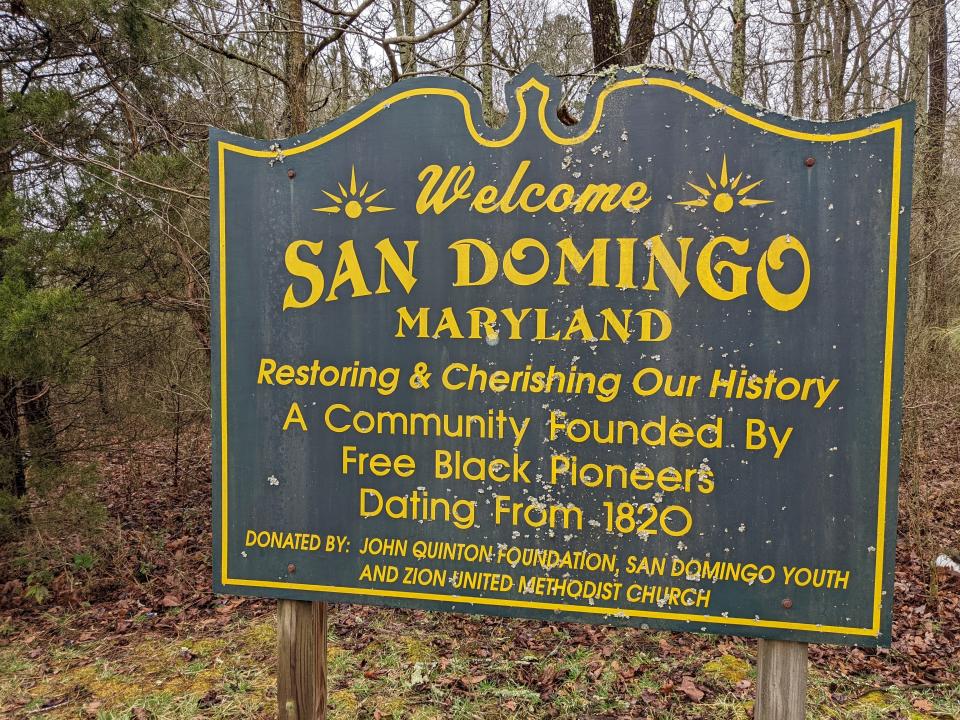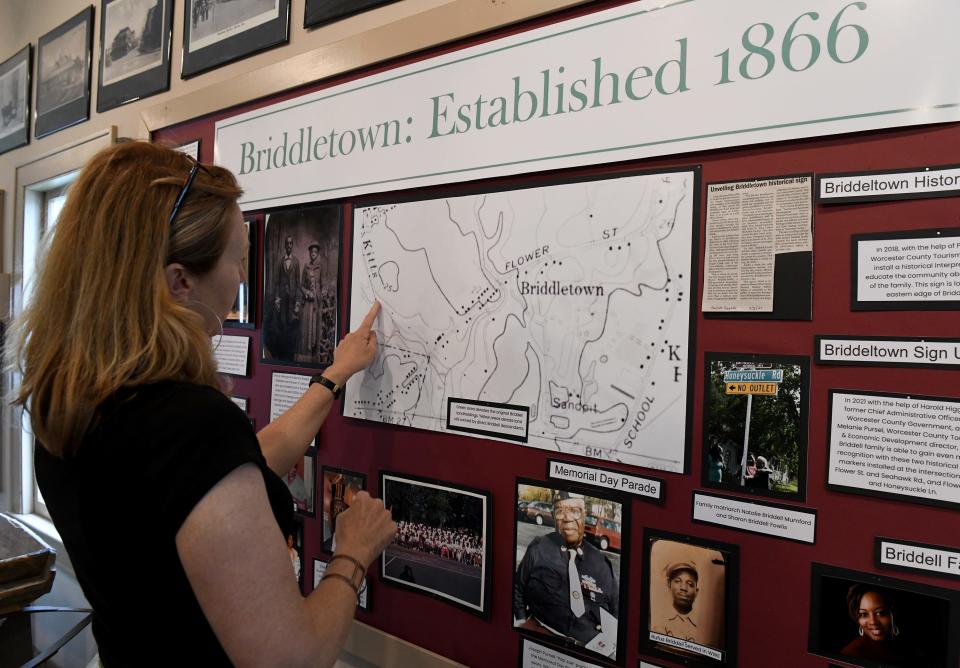Explore beaches with historic Black significance around Maryland's Eastern Shore
A new story map chronicles 65 historically black beaches and other places of black historical significance in the Chesapeake Bay watershed.
Blacks of the Chesapeake Foundation and Chesapeake Conservancy partnered on the study "to empower efforts to conserve such places and ensure that the stories of the Chesapeake’s lack history are told," the groups said in a statement announcing the map.
“It’s so important that we continue to do the hard work of ensuring that the story of the Chesapeake is told through ebony eyes,” said Vince Legget, foundation president and founder. “African-American land conservation and heritage preservation has become the ‘gold standard’ for measuring the future success of the Blacks of the Chesapeake Foundation.”
The story map highlights places spanning from the landing of the first enslaved Africans in English-occupied North America to the creation of Black entertainment venues during the time of Jim Crow.
More on tick season on the Eastern Shore Tick season is here, so here are common Maryland varieties and how to protect yourself
Where are these Eastern Shore beaches and more?

Here are several historic spots to visit on the Lower Shore:
San Domingo, a community of a few hundred people in northwestern Wicomico County, may be one of the oldest surviving black communities in the United States. Founded in 1820, the name and historic records suggest that its founding fathers came from Haiti soon after the 1804 rebellion freed all of its [enslaved people.
Camp Cal Mar in Dorchester County was the subject of an ad found in the June 29, 1965, Salisbury Daily Times advertising a day camp for boys and girls, inter-cultural and inter-racial swimming lessons.
Briddletown in Worcester County was land originally bought in 1866 with two-and-a-half acres of Mill Haven Pasture purchased by free black man Benjamin Pitts. Eventually, the small areas of land nearby continued to be purchased and gathered by formerly enslaved people and former free black families as the area grew in size.
Henry's Beach in Somerset County was the site of a popular day resort for the black community and the general public. Originally from Dames Quarter, businesswoman Lorraine Henry and her husband George purchased the land for the site in 1952 and developed the only resort of its type in Maryland at that time. Families enjoyed ball games, bathing and swimming, crabbing, and home-style cooking. Henry’s Beach was also a venue for premier Black entertainers and musicians of that era.
More on the cruising event in Ocean City Cruisin' Ocean City: All you need to know about special event zone, Jay Leno appearance
Saving 'significant Black history' on Maryland's Eastern Shore

The combined efforts included extensive research conducted via online resources such as newspapers, blogs, state web pages and the Negro Motorist Green Book. Locations are either beaches, parks or supporting infrastructures that have significance and are related to nearby waterways.
Chesapeake Conservancy and the foundation acknowledge that the list is not complete and there are even more beaches that are significant to Black history in the Chesapeake Bay watershed.
“After partnering with Blacks of the Chesapeake and others to conserve the historically Black Elktonia Beach for a public park in Annapolis, we knew we couldn’t stop there,” said Mark Conway, Chesapeake Conservancy Executive Vice President. “There are so many other places in the Chesapeake that are significant to Black history. Some are painful reminders of the dark days of enslavement, while others are more joyous stories of recreation, entertainment and culture. All of these stories need to be told.”
Leggett noted the foundation's work has become a national case study for heritage preservation and the application of traditional and local ecological histories. Among other issues facing some locations are sea level rise, climate change and the effects of environmental hazards.
More on downtown performance venues New downtown performance space headed to Salisbury. What to expect.
"Many of the sites identified in this study are situated on the water’s edge, and our elders, truth-tellers and griots are disappearing at a rate far surpassing vanishing shoreline,” continued Leggett. "Rescuing African American historical sites is so important today. There are efforts currently underway to erase or minimize the teaching of true African American history."
The Chesapeake Bay watershed spans between the Potomac and Patuxent Rivers on the western shore and the "ancient rivers" of the Choptank and Nanticoke the foundation explained.
Explore the map of historic Black sites for yourself
View the story map chronicling 65 historically Blackbeaches and other places of Black historical significance in the Chesapeake Bay watershed here.
This article originally appeared on Salisbury Daily Times: How was the Chesapeake Bay shaped by Black history? A map tells story
